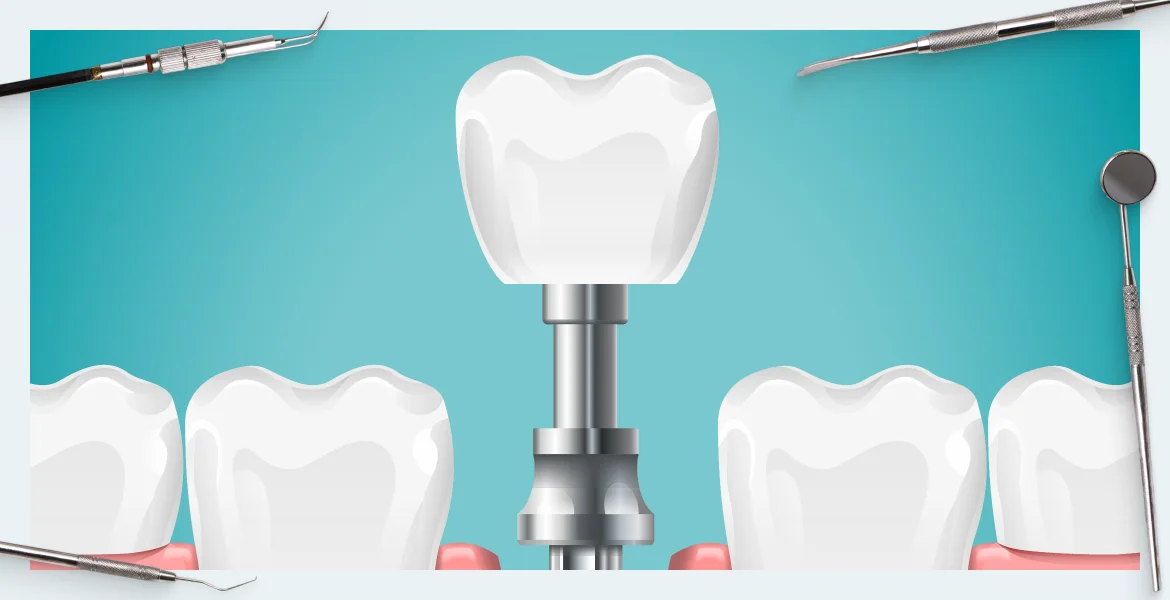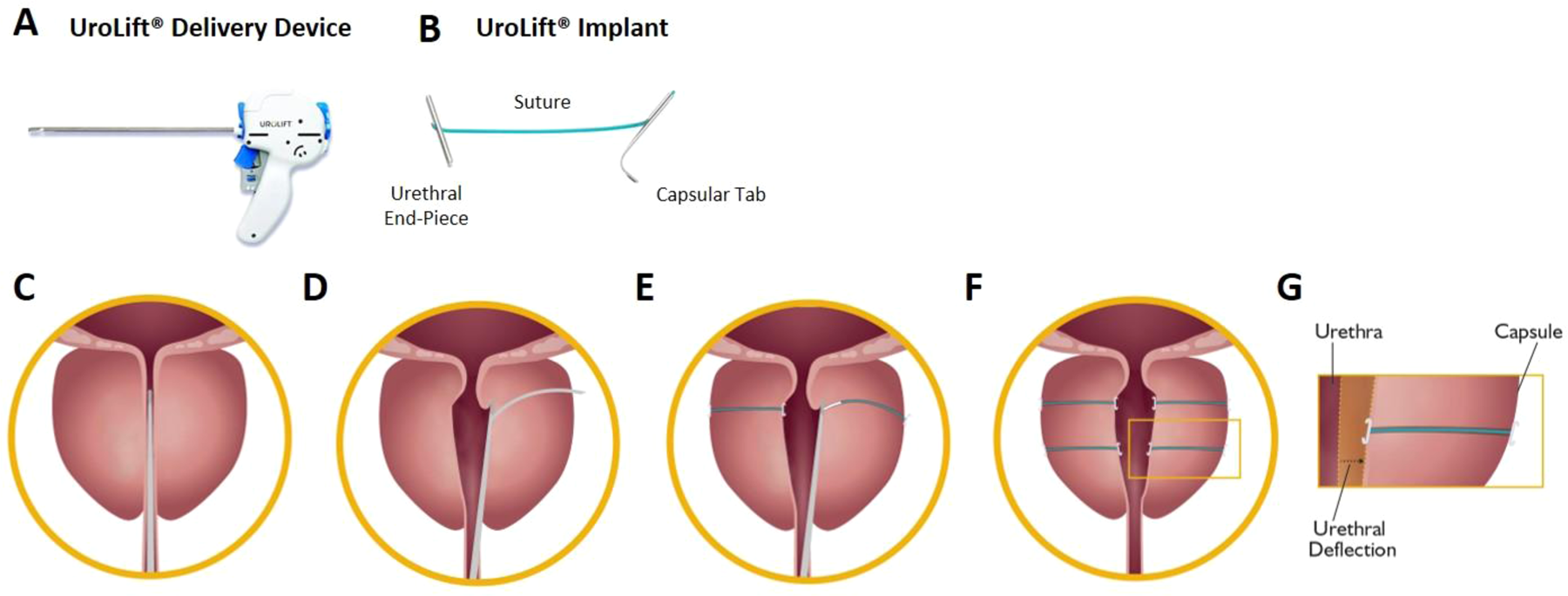from the cause of implants in one’s 20s to the extension of life
from the cause of implants in one’s 20s to the extension of life

Somehow, the dentist seemed to be a scary place. When I was young, trauma and fear of dentistry overlapped, and many people were afraid to visit dentistry until they became adults. Dentistry is a place where you have to visit regularly even if there is no problem, but many people visit after the symptoms have already worsened. Most of them have problems such as bleeding and swelling from their gums, or they often come to the hospital in situations where symptoms have already worsened and they have to pull out their teeth, so there are many cases where they inevitably lose their teeth. In particular, more and more people in their 20s and 30s recently lost their teeth and need implants in their 20s.

The number of young people suffering from periodontal disease was increasing. Even though it is a chronic disease in which symptoms progress gradually, there are no clear symptoms in the beginning, so it is often found that the symptoms deteriorate considerably before visiting the dentist. The reason why periodontal disease gets worse is that tartar accumulates in the periodontal sac, a space between the gums and teeth, and inflammation occurs due to intratarticular bacteria. If the inflammatory response continues, the gums may swell and the gum bones may melt, and if these symptoms progress, the periodontal sac will become deeper, causing parts that cannot be reached even if brushing teeth hard.

In the case of periodontitis, which usually occurs in their 20s, progresses faster than chronic periodontitis, so it was important not to leave it alone and start healing quickly because most of the gums could break down soon. Periodontal disease is a disease that occurs in the middle-aged and elderly, and although young people in their 20s and 30s were in their 20s and 30s, they often suffered from periodontal disease due to careless brushing, smoking, and drinking.Early gingivitis can be recovered by simple healing methods, but if the inflammation progresses to the area around the gums and gums and requires tooth extraction, no matter how young you are, you cannot avoid implants in your 20s. I found that one of the major causes of implants in my 20s is periodontal disease. In order to detect this early, it is important to have a regular dental checkup, but there were many cases where they disliked dental visits because they were scared because they didn’t have time.Therefore, there were many cases where problems occurred by neglecting regular checkups and neglecting periodontal diseases that could have been easily cured if detected early. For those in their 20s who are active in social activities and often meet people, aesthetics must be considered when receiving dental treatment, so implants in their 20s, which can recover aesthetics due to excellent tooth function, are a very good alternative. However, the implant process is very complicated and complicated, so there are many things to be careful about.From finding the position, angle, and direction of implantation to the process of implantation and post-management as planned, there was a high possibility that the implant would fail. In addition, in the case of implants in their 20s, it is important to consider extending the life of implants because they have to be used longer in the future than elderly tombs or middle-aged and elderly people. It could be seen that a clear analysis of the implant’s implantation position was needed before the implantation. Each tooth has a different role, and for example, if the molar is responsible for destroying food strongly, aesthetics are also a big consideration because the front teeth are easily exposed to the outside while cutting food.Therefore, if you are planning to plant implants, it was important to make a customized plan considering the characteristics of each tooth. Also, the process of checking the condition of the patient’s gum bone was important before implantation. Since the fixture and gum bones must be firmly fixed through the bone fusion process, planting could not be carried out smoothly unless the amount and quality of gum bones were sufficient.If the gum bone was not in good condition, it could be difficult to plant implants. In this case, it was important to proceed with the gum bone transplant first, stuff the missing gum bone, recover to some extent, and then plant the implant. Also, as I said earlier, implants carried out in their 20s are required to be thoroughly managed so that they can spend longer time.The part to watch out for was inflammation, and when I had implants, there was no nerve, so I couldn’t feel any symptoms even if inflammation occurred. This can be confirmed through a detailed examination, so most of them were found when the symptoms became serious.I wanted to let you know that peri-implant inflammation is a really important part of post-plant management because it accounts for many causes of re-planting. I would appreciate it if you could refer to the fact that you should check the progress steadily and always manage not only brushing your teeth but also using interdental brushes and dental flosses so that there is no food left between your gums and implants.We had to make careful decisions, keeping in mind that the important parts of implantation were the establishment of specific healing plans, the planting process, and follow-up management.We had to make careful decisions, keeping in mind that the important parts of implantation were the establishment of specific healing plans, the planting process, and follow-up management.Previous image Next imagePrevious image Next imagePrevious image Next image



